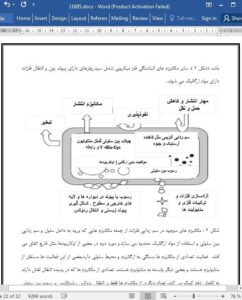Glossary
biosorption The removal of metal or metalloid species, compounds and particulates, radionuclides, and organometal(loid) compounds from solution by physicochemical interactions with microbial or other biological materials.
desorption Nondestructive elution and recovery of, for example, metal or metalloid species, radionuclides, and organometal(loid) compounds from loaded biological material by physicochemical treatment(s).
heavy metals An ill-defined group of biologically essential and inessential metallic elements, generally of density >5, exhibiting diverse physical, chemical, and biological properties with the potential to exert toxic effects on microorganisms and other life forms.
metal resistance The ability of a microorganism to survive the toxic effects of heavy metal exposure by means of a detoxification mechanism, usually produced in response to the metal species concerned.
metal tolerance The ability of a microorganism to survive the toxic effects of heavy metal exposure because of intrinsic properties and/or environmental modification of toxicity.
metallothioneins Low-molecular-weight cysteine-rich proteins capable of binding essential metals (e.g., Cu and Zn) as well as inessential metals (e.g., Cd).
organometallic compound A compound containing at least one metal–carbon bond, often exhibiting enhanced microbial toxicity. When such compounds contain ‘metalloid’ elements (e.g., Ge, As, Se, and Te), the term ‘organometalloid’ may be used.
phytochelatins Metal-binding -Glu-Cys peptides of general formula (-Glu-Cys)n-Gly (n generally 2–7); now designated as class III metallothioneins that are atypical, nontranslationally synthesized metal thiolate polypeptides. Cd-binding -Glu-Cys peptides from some yeasts are also called cadystins.
siderophores Low-molecular-weight Fe(III) coordination compounds excreted by microorganisms, which enable the accumulation of iron from the external environment.
Defining Statement
This article describes the roles of microorganisms in the transformation of heavy metals, as well as metalloids, organometals, and radionuclides, between soluble and insoluble phases, and the environmental and biotechnological importance of these transformation processes in biogeochemical cycles and in new biotechnologies for the treatment of metal, metalloid, and radionuclide pollution.










